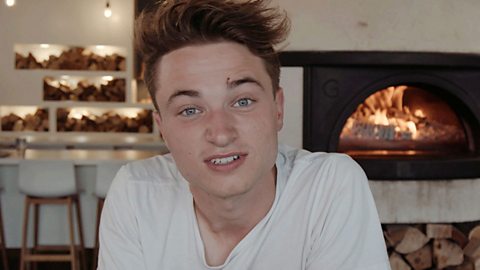
When I was around five years old I started to sew and was really into fabrics, clothing and style. By the time I was at high school I knew I enjoyed fashion. I did work experience for one week at Burberry aged 15, which confirmed my passion for clothes, but I still wasn’t sure what area I wanted to work in, whether as a designer, stylist or photographer.
At school I’d say I was academically average, but I was creative. For my GCSE options I chose Spanish, History and Drama. Then for college I took A-levels in Fashion and Textiles as well as History and Psychology.

Be open to take risks.Be open to feedback.Don't be afraid to be a trendsetter.
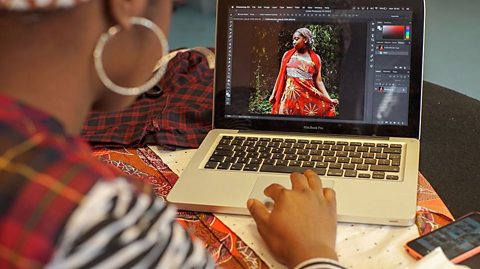
I took some short courses at the London College of Fashion and started to gain a deeper understanding of different kinds of fashion. I had my first experience of tailoring and hated it! I had to make a pocket and it took about two hours. Then I learnt I could also do design and branding work.
I took time off studying in my gap year. I didn’t really know what I wanted to do, but when I look back on it now it was time well spent, taking some time to reflect. Now, I get to collaborate with friends, arrange photo shoots and work with other creative people who make prints. At the launch event for my own brand G.Z.E.M. I had 10 models showing variations of the trousers and bomber jackets in an Afro-vintage style I designed. I also make and sell skirts to get extra funding, and plan to go to university to take my fashion label and skills to the next level.
It wasn’t always a smooth ride. At 17, during my A-levels, I had heart surgery. It makes you reflect on everything and for me it made my ambition grow. So my advice to other people is to be yourself. Start finding out what you enjoy and stick to it. No course or experience is a waste of time.

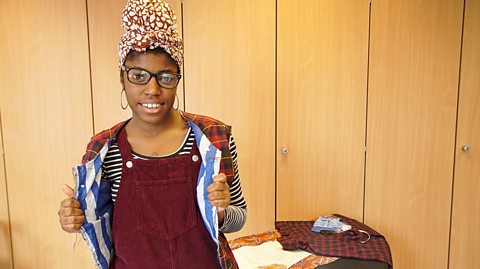
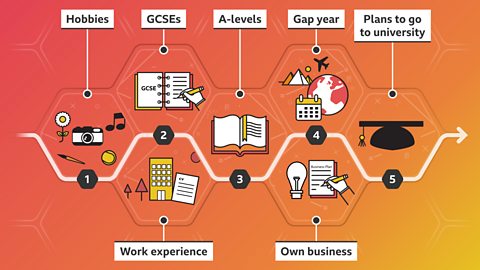

What to expect if you want to be a fashion designer
- Fashion designer average salary: ÂŁ20,000 to ÂŁ40,000 per year
- Fashion designer typical working hours: 40 to 42 hours per week
What qualifications do you need to be a fashion designer?
You could get into this role via a university course, a college course (such as a Level 2 Diploma, a Level 3 Extended Diploma or a T-level in Craft and Design - England-only, from Sept 2023) or an apprenticeship. You can also volunteer as you'll need as much work experience as you can as there is strong competition for jobs in the fashion industry.
Sources: LMI for All, National Careers Service,
This information is a guide and is constantly changing. Please check the for the latest information and all the qualifications needed and the for more on T-levels.
Find out more on the Prospects website about the role of a .
For careers advice in all parts of the UK visit: , , and .

Find work experience placements with Workfinder.
Tips and advice
Help with interviews, writing a CV and all things work experience related.

Dan: kitchenware maker. video
Dan runs his own business making kitchenware.
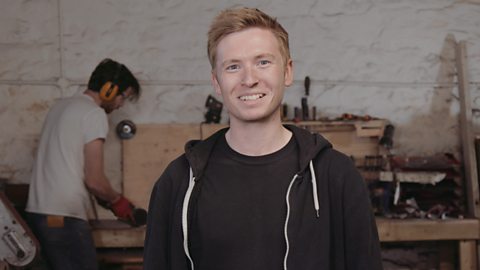
Poppy: beauty retail business owner
Poppy runs her own skincare business online.
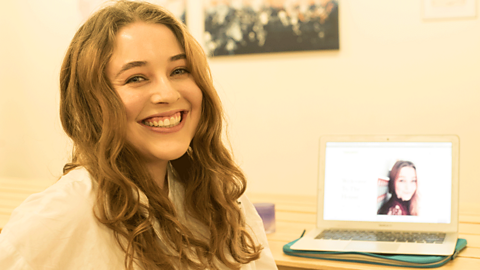
Tom: pizza business owner. video
Tom's entrepreneurial journey started when he was just 15.
